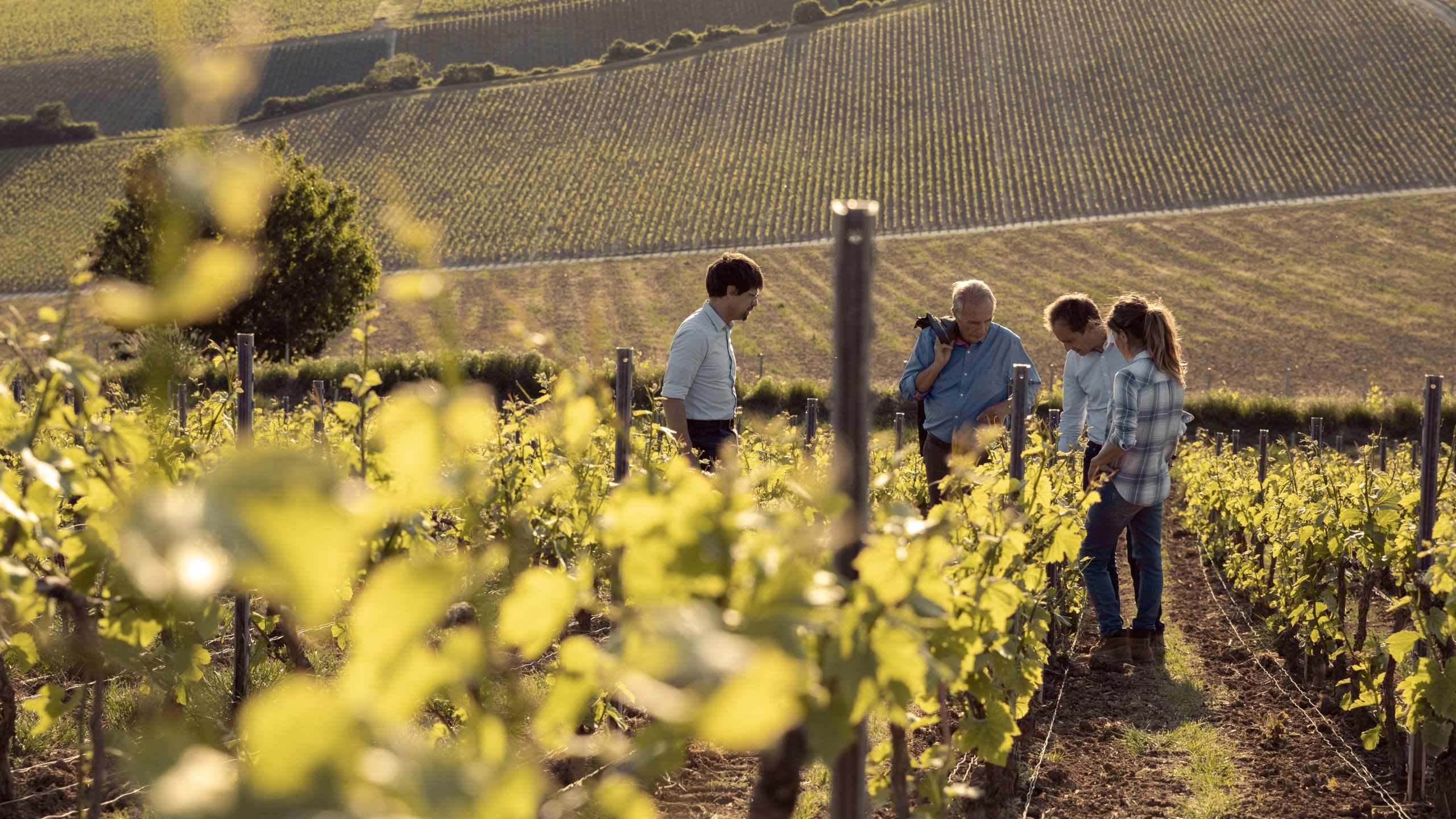China driving a return to cork
Demand for wines bottled under cork in China is driving Australian producers to return to the closure according to Jordi Duran of Spanish cork producer Trefinos.
Speaking to the drinks business during Trefinos’ 250th birthday celebrations at the company’s base in Palafrugell in northeastern Spain this week, Duran, the company’s export director, said:
“A number of Australian producers are going back to cork because of the influence of Chinese consumers, who want their wines bottled under cork.
“If there is an enemy of cork today, it’s screwcaps, not synthetic corks. The quality of screwcaps has improved a lot and they are an okay closure for 80% of wines.”
Looking ahead, Duran told db that it was the duty of the cork industry to fight back against the proliferation of alternative closures and wine packaging now on the market.
“I’ve seen millennials drink wine from a can, but where do you draw the line? The cork industry has started to fight back,” he said.
“Screwcaps are more convenient than corks but is wine a convenience beverage? I don’t think so,” he added.
Trefinos is celebrating its 250th birthday this year. Founded by Martí Barris in 1767, the company was originally named Casa Barris but was renamed Trefinos in 1917 by its then owner Joan Miquel i Avellí.
Today Trefinos is one of the world’s leading manufacturers of still and sparkling wine stoppers with subsidiaries in France, Italy and the US.
Partner Content
Producing over 500 million units a year, Trefinos counts Torres and Moët & Chandon among its key clients and exports to 22 countries.
Employing 112 people, Trefinos was the first cork company in the world to obtain ISO 9000 certification and has gone beyond carbon neutral to become carbon negative.
Spain is the second largest producer of cork after Portugal. It is also made in France, Italy, Morocco, Algeria and Tunisia.
Cork forests around the world cover an area of 2,119,089 hectares. In Spain cork trees grow in Andalusia, Extremadura and Catalonia.
It takes around 50 years for a cork tree to produce cork of sufficient quality to be used as stoppers. Trees are harvested once a decade.
The Quercus Suber oaks used for the production of cork can live for up to 300 years and can be harvested around 13 times in their lifetime. Debarking causes no harm to the trees, which never have to be cut down for the production of cork.





You talk about northeastern Spain when you realky mean Catalunya. Jordi is a very obviously catalan name and the cork industry is too.
Spanish people can not even pronounce the name Palafrugell. So it is obviously not spanish
Please remember that Spain is the 2nd biggest producer. The first one is Portugal. And so some of the most active cork stoppers are in Portugal. About convenience, take a look at Helix cork stoppers, being used by Amorim. https://www.amorimcork.com/en/products/catalogue/helix/